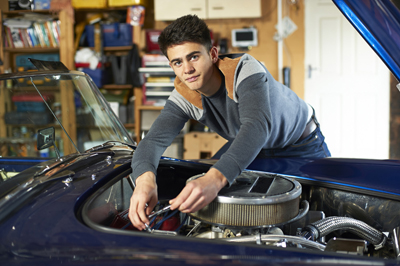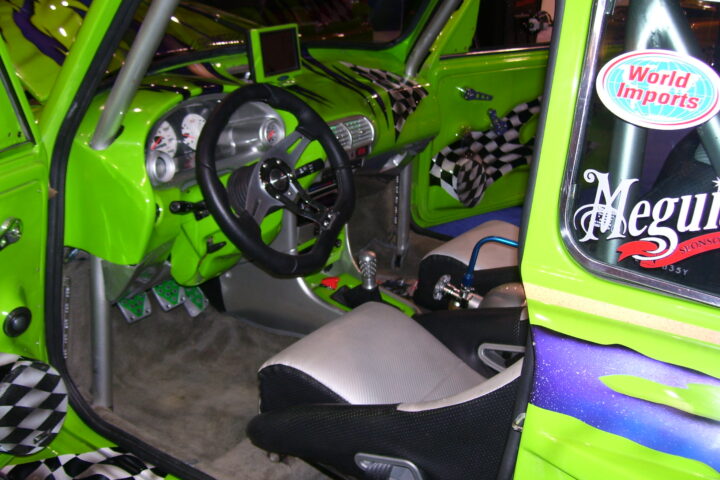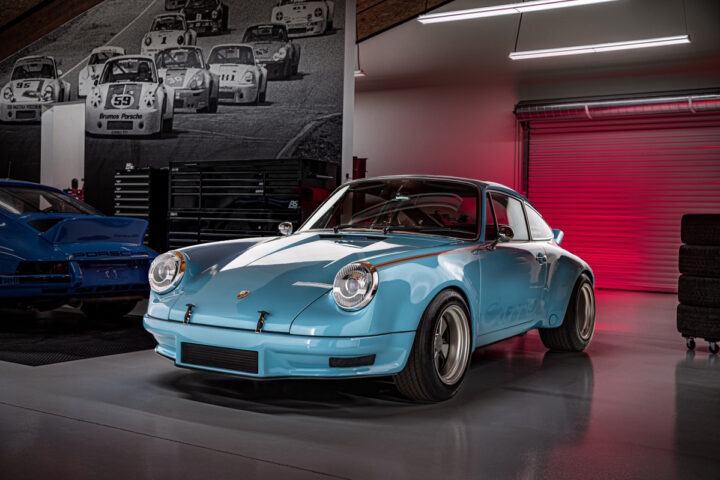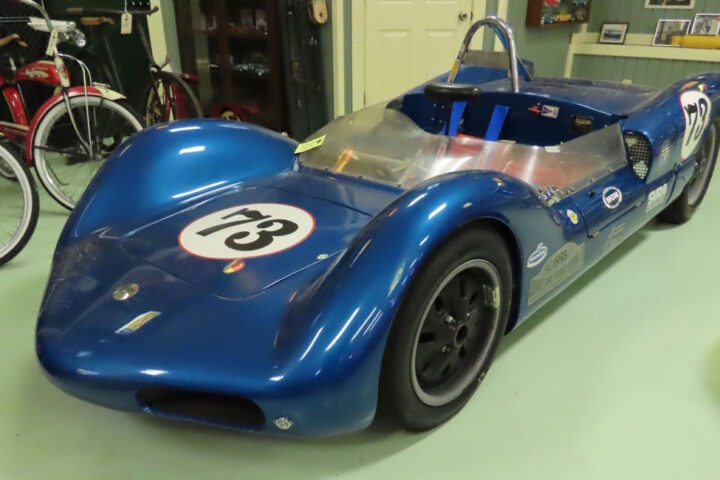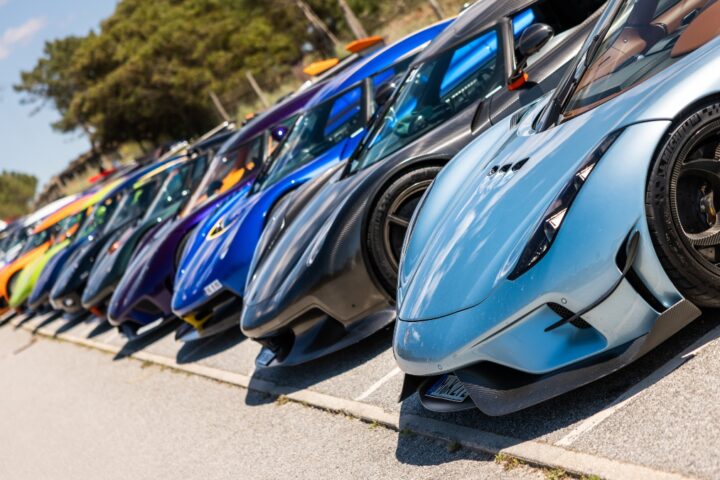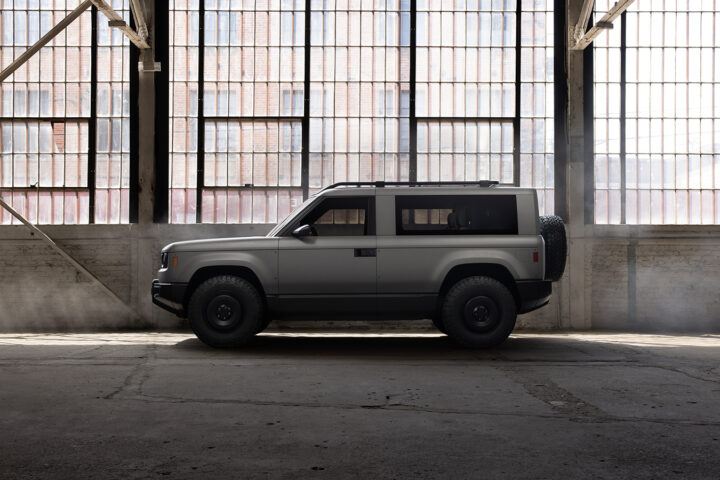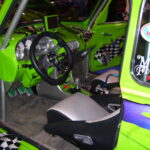By Mike Imlay
Is enthusiasm for the automobile fading among today’s youth? It’s an important question that more and more specialty-equipment veterans are asking, because the answer holds vast and obvious implications for the industry’s future.
The SEMA Education Institute (SEI) recently delved into this topic through an in-depth panel discussion at the 2012 SEMA Show. The presenters included Mickey Andrade, marketing manager of HRE Wheels; James Lawrence, CEO of Power Automedia; Jim Liaw, co-founder and president of the Formula D Drifting Championship; and Evan Smith, editor of Muscle Mustangs &Fast Fords magazine. Highly experienced in the youth market, the four painted a picture of a young demographic displaying tremendous shifts in interests and buying habits. According to the panelists, these changes offer both challenges and new opportunities for the automotive specialty-equipment market.
All agreed that, while there is a wide perception within the industry that young enthusiasts are disappearing, precise data on the trend is lacking. Still, several broad indicators point toward a diminishing market of younger drivers—a matter of concern, since a lifelong passion for cars was built at an early age in past generations.
A troubling statistic is the steep decline in driver’s licenses among teens. In 1972, for example, 50% of American 16-year-olds had licenses, with that number growing to 69% by age 17. Today, those figures are 28% and 45% respectively. While tighter licensing laws for teens are major contributors to the drop, experts say that there are other important social and economic factors at play, including:
Increased devotion to social media, such as Facebook and texting, which are replacing in-person interaction and making cars less necessary for “hanging out” with friends.
- Gaming, which is displacing sporting and activity events.
- A shift of discretionary income toward mobile devices, leaving less money for automotive expenditures.
- Current unemployment rates among 20- to 24-year-olds reaching 15%.
- A tight economy, rendering parents with less disposable income to help young enthusiasts with auto-related purchases.
- Economic pressures forcing older wrenchers from the hobby, depriving youth of role models.
In addition, advanced technologies have made new cars more difficult to modify, smog laws have become more restrictive and performance cars and insurance are dramatically more expensive than they were 20 years ago. Combine all these phenomena, and it’s easy to see why young people may seem slower to build a lifestyle around cars.
As editor of Muscle Mustangs & Fast Fords, a publication focusing on late-model Ford street and racing performance and featuring tech and how-to articles, Evan Smith has witnessed the change in the interests of his younger readers over the years.
“We probably participate in behind-the-wheel activities as much if not more than any other magazine,” said Smith. “Our editors are out there driving cars in drag and road racing, hill climbing and karting. If it’s got a steering wheel, gas and a brake, we’ll jump in it and go.
“I don’t think there’s any one thing affecting [today’s youth]. I think society has changed in many aspects. Things are certainly different for young people today, just the way they go about living their lives, educating themselves and moving forward with their careers. When I was a kid, I had car toys in my hands. I’ve been a car guy all my life. For me, to get a V8 car and drive it was all I cared about. But [teens] today have so many more things to do than I did when I was their age—with video games, with communication technology and the Internet. I think that fills many of their needs and desires so that getting a car and being able to go to the local hangout isn’t the only thing that a 14-, 15- or 16-year-old thinks about. They’re already connected with everyone they want to be connected with. They don’t have to get in a car and go to the movies or the pizza place.”
Smith, 44, also underscored the economic gap between his generation and that of teens today. Two decades ago, a teenager could buy a used vehicle for a few thousand dollars that, with a little work, could look just as cool and perform as well as many newer cars. Not any more. With vehicle designs and technology now moving in leaps and bounds, newer (and more expensive) automobiles quickly outshine even their more recent predecessors, not to mention what are now considered the “vintage” performers of decades past.
Moreover, Smith speculated, “Kids aspire to have the latest and greatest because they get that in their cell phones and their video games and probably want that in their automobiles as well. Another factor is the sour economy, in which a lot of adults are holding part-time jobs [that] used to be the jobs that 17-, 16- or 15-year-olds would have. So there are fewer opportunities for them to go make money and save up for a car.”
Jim Liaw, president and co-founder of the Formula Drift championship series shares a similar perspective. Liaw was heavily involved in the import and sport-compact scene from early in his career before establishing the first Formula Drift event in 2004.
“I grew up as a car enthusiast,” he said. “I had friends around me working on cars. Are there fewer young people with driver’s licenses today? Yes. Does that mean fewer potential customers? Yes. That means they’re more elusive, which means every one of us needs to work a little bit harder to get to each one of them.”
Decline Everywhere?
Liaw readily observed, however, that not every industry segment is experiencing a decline in young consumers. Formula Drift events are a case in point: Their attendance skews heavily toward the younger demographic. Liaw credited reasonable admission costs and a youthful marketing campaign for the series’ success among teens and young adults.
“The price point is fair; it’s similar to going to a baseball or basketball game,” he said. “We don’t have a lot of add-ons. Once you get here you’re not paying for a pit pass, for instance. Because of the accessibility and cost of entry into our events, it makes it very affordable for a young fan to be there.
“From our messaging and marketing perspective, we communicate on the same level as the younger fan. We don’t do a lot of traditional advertising. While we are in print, we rarely do any regional newspapers or radio and cable TV. Rather, we are very heavy online, in the social media space and virally. I think that’s where ourstrength is.”
Yet Liaw understands why veterans in other industry segments worry about the future. He observed that vehicle and aftermarket product options were more limited three to four decades ago.
“Now you have products of all sorts of quality and style and customs of all kinds,” he said. “Companies are not only fighting for a smaller audience base but also fighting among more competing companies. So in some niches and product lines, they feel that the market is continually diminishing, yet in others, they may feel that they’re actually thriving. I think also the overall SEMA member base and the types of products and genres available are so diverse—not only has the potential pool of customers dwindled, but the selection of products and types of activities that a young car enthusiast has to choose from is that much more than it was 30 years ago.”
From his vantage as publisher of Hot Rod magazine, Jeff Dahlin offers yet another take on the youth market.
“We live in a rapidly changing world, and many younger people are doing the best they can to have fun with their vehicles,” he said. “The younger enthusiasts that we run into across the country seem to be very engaged. Many of the performance-related products now available in our market offer significant gains without breaking the bank or requiring the experience of a mechanic to install.”
This, he noted, has led to a great deal of innovation among young men and women, who are often bucking tradition and building all sorts of novel vehicles.
“On the flip side, as modern engines become more complicated, it becomes more difficult for enthusiasts to make internal engine modifications,” Dahlin cautioned. “Swapping heads, camshafts and pistons can really wreak havoc when it comes time for emissions testing. If someone with a more superficial knowledge of cars wants to hop up a vehicle with some performance parts, he or she might get discouraged upon hearing that it might make their check-engine light come on. I’m confident, however, that the aftermarket will continue to innovate and find solutions to these problems. The younger generation, I am sure, contains some geniuses who will find ways to make this so.”
Moreover, as more and more automotive manufacturers offer options that young people crave, it is transforming their relationship to the aftermarket.
“If you buy a new vehicle that is outfitted with everything you want, and you don’t need to take advantage of the aftermarket, are you still an enthusiast?” Dahlin asked rhetorically. “The answer to this may be changing.”
Dahlin’s real concern, however, is the increasingly limited venues where young drivers can test and enjoy their performance cars.
“Street racing, burnouts and even loud engines are considered serious crimes in most municipalities,” he said, “and while this is a positive from a safety aspect, we haven’t provided good alternatives. Drag strips continue to close, and off-road access is perpetually limited. We need to provide places for young people to use modified vehicles. I understand that there are factors that make this difficult sometimes, including liability and noise concerns, but we need to invest in ways for younger enthusiasts to become involved in our beloved pastime. I can think of a few ways we can do this, even with limited space: dyno drags, organized and safe burnout contests, public-friendly drag races and parking-lot 4×4 obstacle courses.”
Driving Passions
So is the younger generation truly losing its enthusiasm for the automobile and, by extension, the aftermarket? Until more definitive research can be done, the answer is mainly anecdotal—and seems to vary based on industry segment. Regardless, the major consensus among industry marketing experts is that, no matter the situation, there are new rules of engagement for stoking young automotive passions, especially among the 14- to 20-year-old demographic. The first principle is to reach them where they currently “hang out” by employing such tactics as:
Marketing online, emphasizing an active presence on such social-media platforms as Facebook, Instagram and Pinterest.
- Utilizing video to connect with and educate today’s younger enthusiasts.
- Improving electronic communications through e-mail, messaging and chat.
- Being responsive: The younger generation is used to immediate interaction.
- Addressing complaints or problems right away—before unhappy customers can quickly disseminate their dissatisfaction among hundreds of friends and contacts across the Internet.
- Supporting youth-oriented automotive events, school programs or shop classes and young enthusiast organizations.
In the end, experienced marketers also agree that cultivating this demographic is a long-term proposition. To be truly successful, you’ll also want to foster a corporate culture that embraces youthful enthusiasm. Open your business to field trips from local high schools and encourage the involvement of your employees’ children at company events and car shows. Internships for 18- to 24-year-olds are another good idea, along with establishing relationships with automotive trade schools or community college programs. Obviously, hiring youth who understand and can speak to their own generation’s experiences will not only help further a company’s marketing objectives but also help freshen the face of the aftermarket for a whole new generation.
“From an industry standpoint, things were simpler 20 to 30 years ago,” said Smith. “Today, there’s a lot to do, whether it’s Internet-based or education. Industry people who care about the future of the hobby need to take an active role like they’ve never done before. They need to find young people who might not otherwise be thinking about a career in our industry and get them involved, whether from an engineering, mechanical, artistic or writing standpoint.”
Getting your own children and their friends involved at home also helps plant the seeds early. Take them to a car show, a drag race, a circle track, drifting, off-road or other automotive event. Invite their help in car projects. Encourage employees and/or co-workers to do the same with their kids.
In Dahlin’s opinion, “We also need to lose the grumpy, ‘old dog’ attitudes that many in our industry seem to have. Quite often, I hear established folks in our industry talk with open disdain about younger people, who may dress and talk differently than older generations. Younger folks may like aesthetic cues on their cars that are not ‘traditional.’ It would serve us well to remember that we were all once young enthusiasts, and there was an older generation behind us that didn’t like the things we did.”
By sharing your lifelong passion for the automobile in these and other ways, you’ll be doing your part to help ensure the continued growth of not only your business but also the entire specialty-equipment industry.
Post Views: 265

